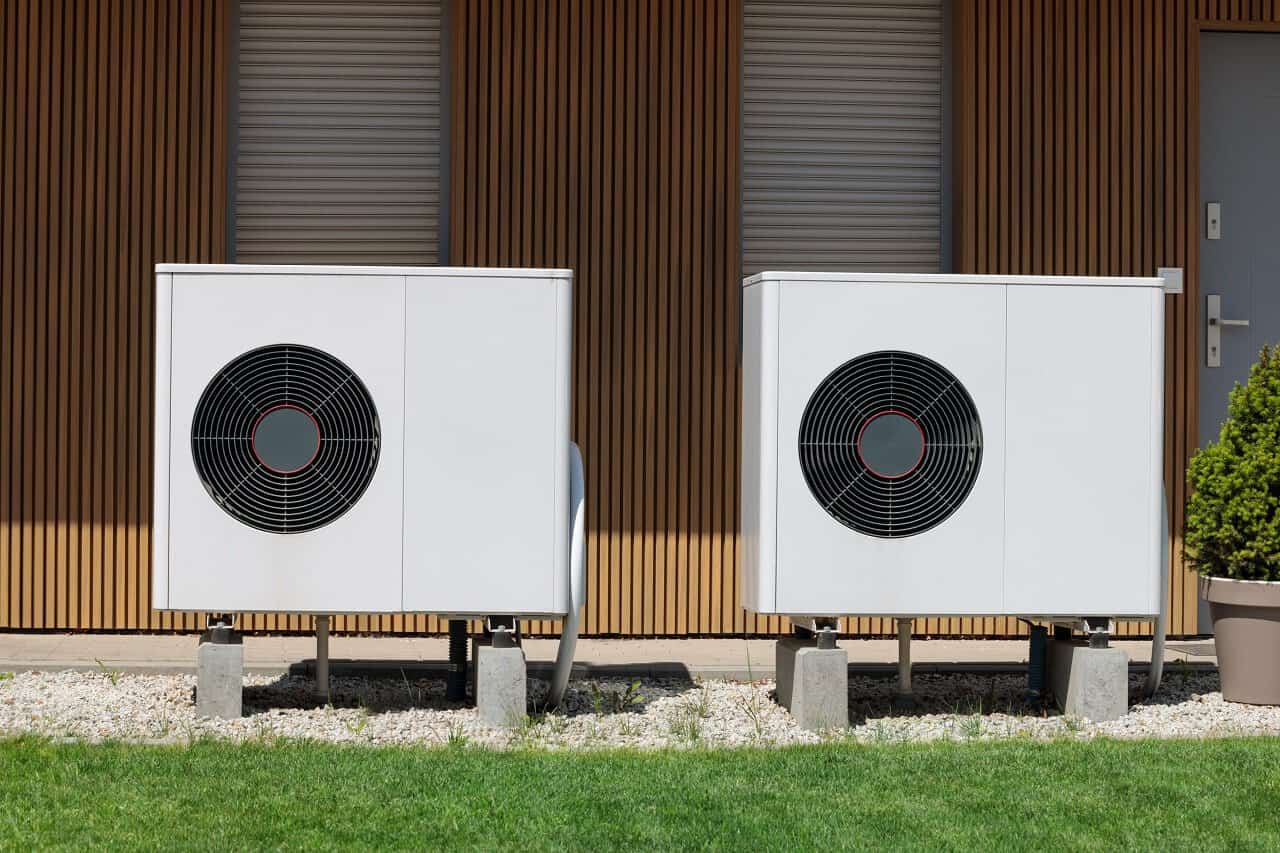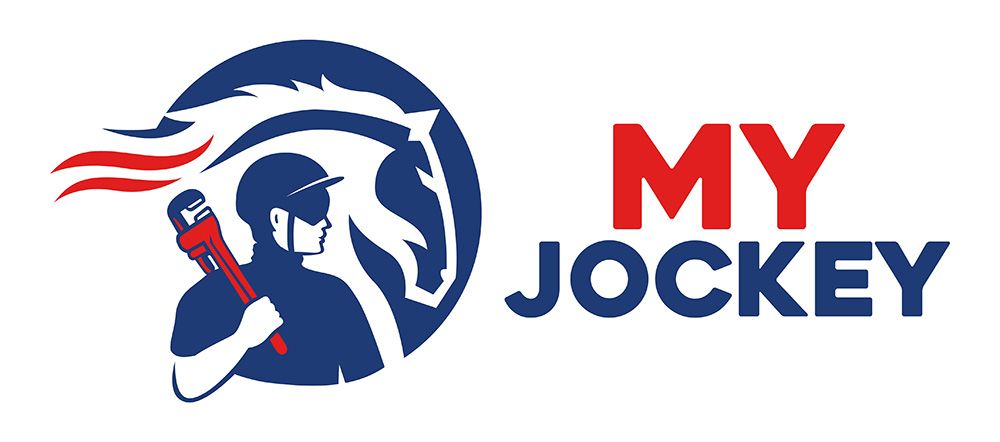
Power outages can happen unexpectedly and can cause various issues with your HVAC system. When the electricity goes out, your HVAC equipment can shut down abruptly, leading to potential problems when the power comes back. It’s important to know how to safely assess and reset your HVAC system to avoid any further damage or malfunctions.
In this guide, we will walk you through the necessary steps to take after a power outage, ensuring your HVAC system is up and running smoothly. From checking for common issues to performing a safe reset, we cover everything you need to know to protect your system. Additionally, we’ll discuss preventative measures you can take to safeguard your HVAC equipment during future power outages.
Understanding these steps can help you maintain a comfortable and safe home, even in the face of unexpected power interruptions. By following our expert advice, you can ensure your HVAC system operates efficiently and reliably, no matter what the weather throws your way.
Assessing Your HVAC System After a Power Outage
After a power outage, it’s crucial to check your HVAC system to ensure everything is functioning correctly. Power surges can sometimes damage components or disrupt operations. Start by listening for unusual noises. If the system makes any banging, clanking, or grinding sounds, it might indicate a problem that needs immediate attention.
Additionally, check the thermostat settings. Power outages can reset the thermostat, leading to incorrect settings that may prevent your HVAC system from operating efficiently. Ensure that it is set to the desired temperature and mode (heating or cooling). Also, inspect the circuit breaker. Power surges can trip breakers, cutting off power to the HVAC system. If the circuit breaker is tripped, reset it and see if the system resumes normal operation.
Steps to Safely Reset Your HVAC System
If your HVAC system is not working properly after a power outage, you may need to reset it. Here’s a simple step-by-step guide to do this safely:
1. Turn Off the Thermostat: Begin by switching off your thermostat to prevent it from sending signals to the HVAC system during the reset process.
2. Shut Down the Power: Locate the HVAC system’s circuit breaker in your breaker box. Flip the breaker switch to the “off” position to disconnect power to the system. Wait for about 5 minutes to allow any residual power to dissipate.
3. Inspect the Outdoor Unit: Check the outdoor unit (if you have one) to ensure it is clear of debris and that there are no visible signs of damage.
4. Turn On the Power: After waiting, turn the circuit breaker back to the “on” position to restore power to the HVAC system.
5. Restart the Thermostat: Finally, turn your thermostat back on and set it to the desired temperature. Monitor the system to ensure it kicks on and begins to operate normally.
Following these steps can help restore your HVAC system after a power outage. If problems persist, it might be time to call in a professional to inspect and fix any underlying issues.
Common Issues to Watch For When Restarting Your HVAC
After a power outage, restarting our HVAC system might not always go smoothly. There are several common issues to watch for that can affect its performance. First, we should pay attention to unusual noises. Banging, clanking, or grinding sounds can indicate a mechanical issue that needs attention. Ignoring these sounds can lead to more significant damage over time.
Another issue to watch for is an HVAC system that cycles on and off frequently. This problem, known as short cycling, can strain the system and reduce its efficiency. It might be caused by an electrical issue, a dirty air filter, or a malfunctioning thermostat. Finally, we need to monitor uneven temperatures in our home. If some rooms are significantly warmer or cooler than others, there may be a problem with our ductwork or the HVAC system itself. Addressing these issues promptly can help ensure our HVAC system operates efficiently and reliably.
Preventative Measures to Protect Your HVAC During Future Outages
Taking preventative measures can protect our HVAC system during future power outages. One of the easiest steps is to install a surge protector. Power surges, which are common during outages, can damage HVAC systems. A surge protector can prevent this by regulating the electrical current and protecting the system’s components.
Another beneficial measure is to invest in a backup generator. A generator can keep our HVAC system running during a power outage, ensuring our home remains comfortable and our system does not suffer from sudden shut-downs. Additionally, regular maintenance is crucial. Keeping our HVAC system in good condition by scheduling routine inspections and servicing helps it withstand the stress of power interruptions. By taking these preventative steps, we can minimize the risk of damage and ensure our HVAC system remains functional during outages.
Conclusion
Maintaining our HVAC system is essential for ensuring the comfort and safety of our home, especially after a power outage. By assessing the system, carefully restarting it, and addressing any issues, we can keep it running smoothly. Preventative measures, such as installing surge protectors and investing in a backup generator, offer added protection for future outages.
Understanding the importance of HVAC maintenance allows us to be proactive in caring for our system. Regular upkeep helps pinpoint and fix small problems before they escalate, saving us money and stress. Moreover, preventative steps extend the life of our HVAC system, keeping it efficient for years to come.
For expert advice and professional HVAC services, contact My Jockey today. We are committed to helping you maintain the comfort and safety of your home with reliable and thorough HVAC solutions.
